The art of interior design in Pune, India, has witnessed remarkable changes over the years in line with the developments that have taken place in the country. In the past, it was customary to decorate Indian interiors with copious amounts of exaggerated architectural work, busy designs, and colorful textiles in a bid to display the culture. In the present times, however, Indian designs utilize and incorporate the latest inventions, most of which are often minimal, efficient in space, and eco-friendly. In this blog, we shall understand how modern interior design is different from the traditional approach.
Interior design companies earlier used to stick to classic looks and methods, stressing decorative details, formal layouts, and elegant aesthetics. Their work often drew from the historical eras of the past and utilized sophisticated and lasting materials.
Today, interior design firms explore many styles, starting from simple preferences to a mixed pot of all. The focus is on making spaces that are functional and useful, and incorporate what the clients prefer and require. Eco-friendly practices and innovative ideas are also key to modern design.
Must Read This - The 4 Top Trending Styles In Interior Design you should knowTraditional interior design processes often entailed the designers independently making choices for a client, while following a strict hierarchy. Whatever decisions were taken had minimal client involvement, having less scope for any interaction or collaboration.
Present-day interior design firms proactively encourage client involvement in the design process. The process is often assisted by technology and collaborative tools that create interactive, real-time design experiences. For instance, using virtual reality (VR) mechanisms for immersive trials and previews, or preparing digital mood boards when seeking client feedback have become a norm.
Much understandably, traditional interior designers had to depend on physical samples, hand-drawn plans, and in-person meetings. Technology, barely taking shape, naturally played no role in such processes, and presentation meetings often had a fixed format, along with being barely interactive.
Thanks to modern technological advancements, interior designers today can leverage tools such as 3D modeling software, virtual design tools, and project management platforms to increase their efficiency. In line with these innovations, Luxelan’s Stylux is a digital companion in your journey of having bespoke luxury interiors. Such supportive mechanisms in the process not only help maximize creative output but also improve efficiency as well as communication with the client.
Also, Read - The 5 Things you Can't Miss While Finalising the Interior Design ServicesThese firms often catered to a clientele seeking high-end, bespoke services, with a focus on luxury and exclusivity. Present-day firms serve a broader range of clients, including those seeking cost-effective solutions or eco-friendly options. There’s a greater emphasis on versatility, with many firms adapting to varied budgets and design preferences.
From traditional to modern home interior design, India is a reflection of how both cultural norms and technological innovations have progressed. It also reflects the shift towards spaces that are eco-friendly, functional, and still aesthetically beautiful.
At Luxelan, we can assist you in achieving such timelessly elegant yet modern interiors in your home. Our principal designers will work around your individual style and the newest trends in interior design to give you the home of your dreams. Get in touch with usto start a hassle-free process of your tastefully furnished home!
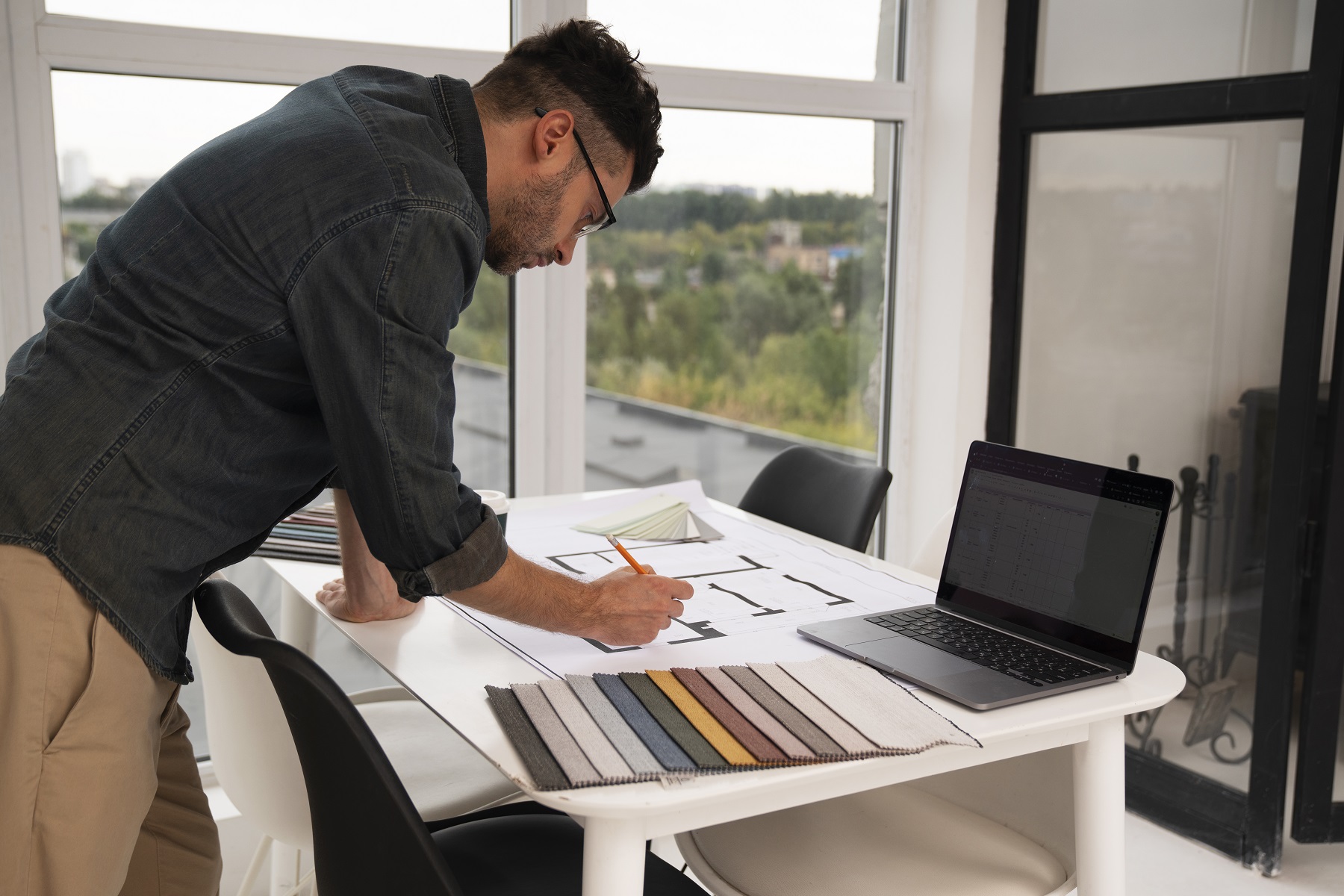
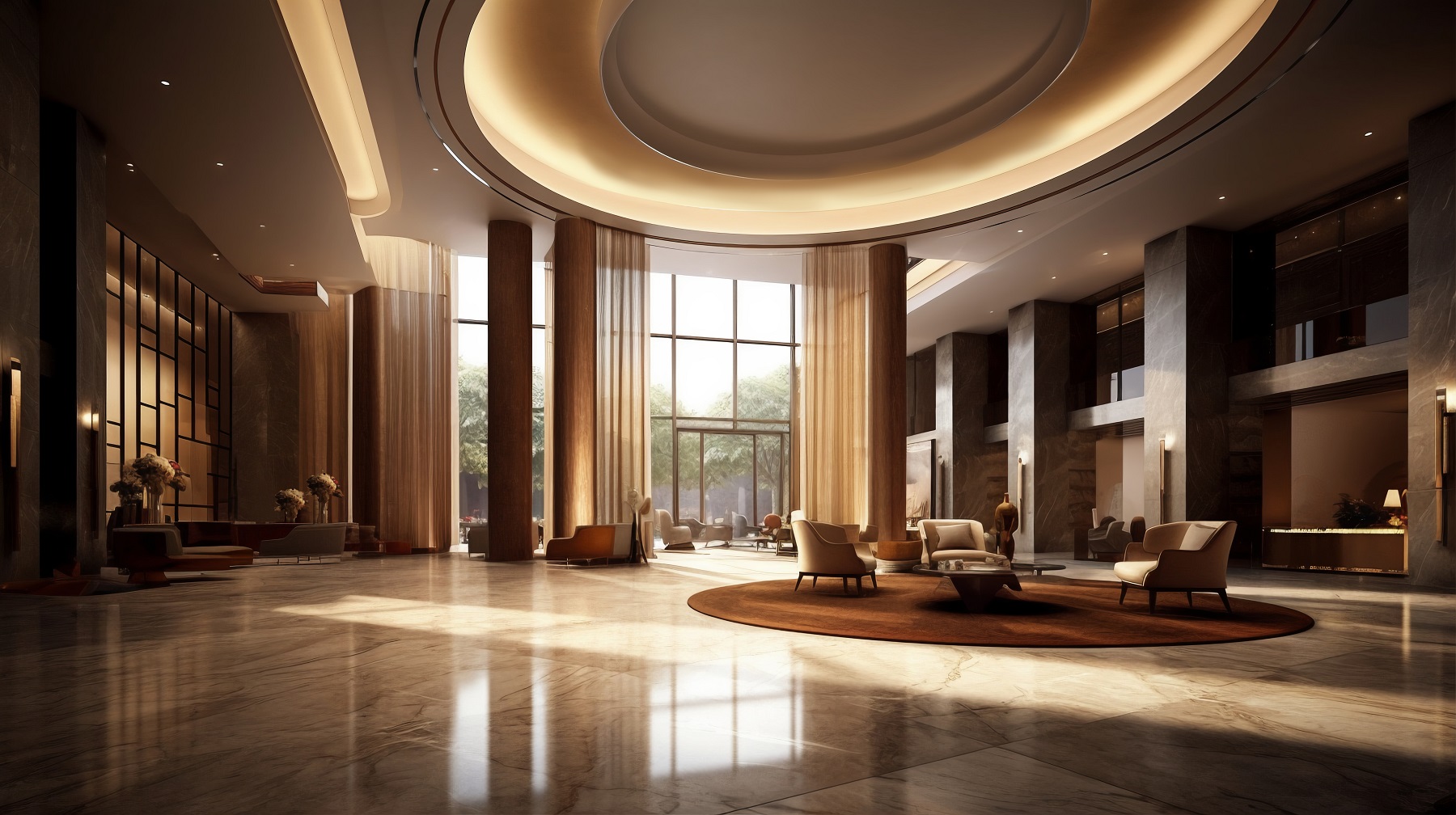

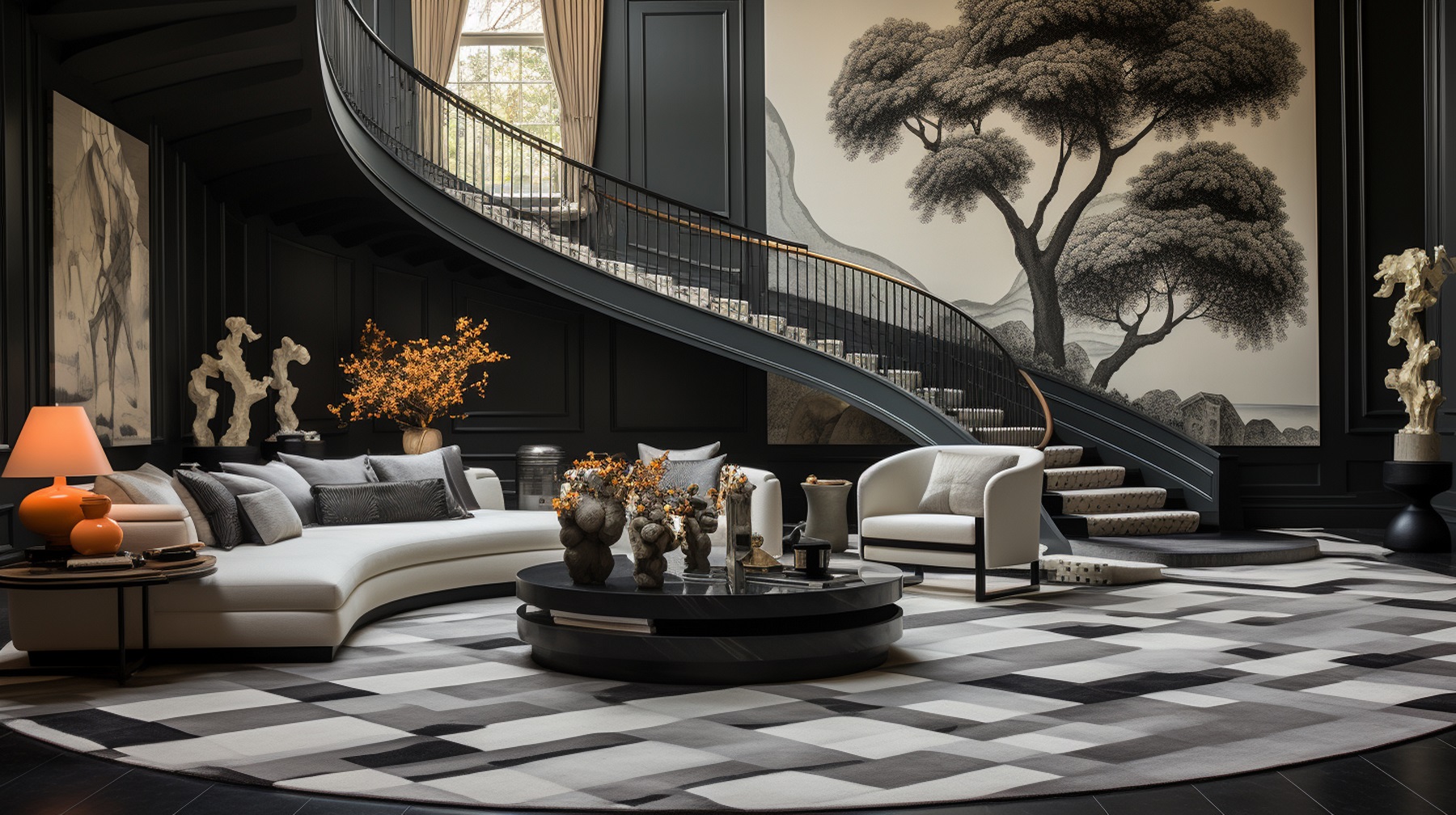
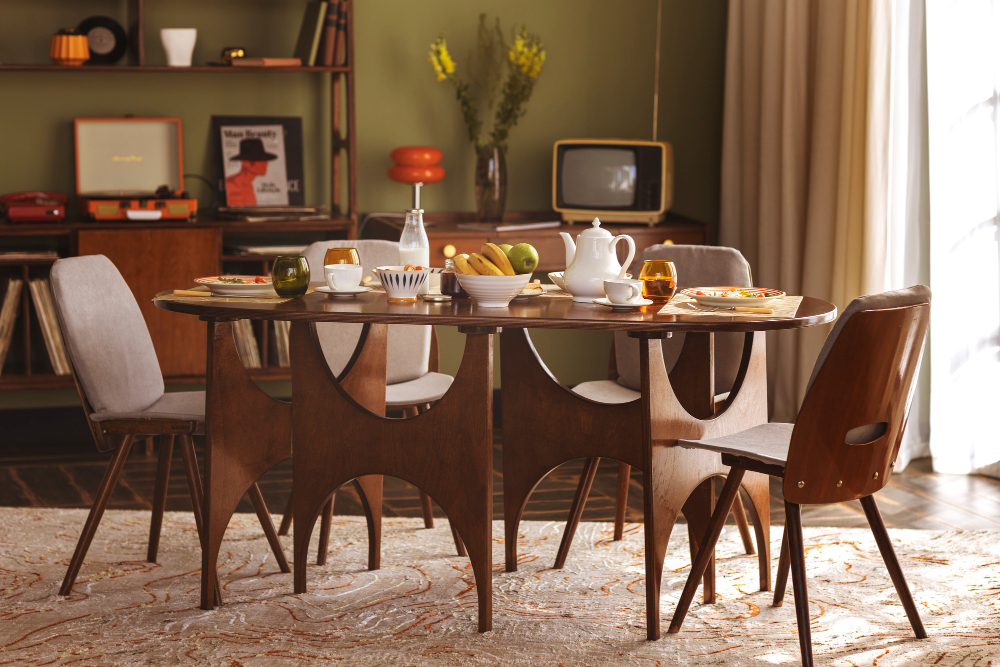
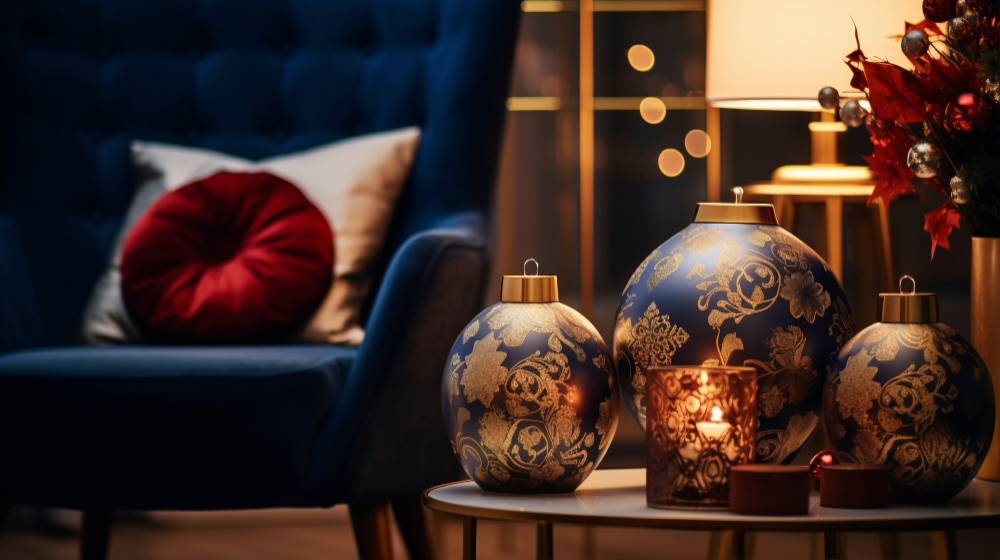
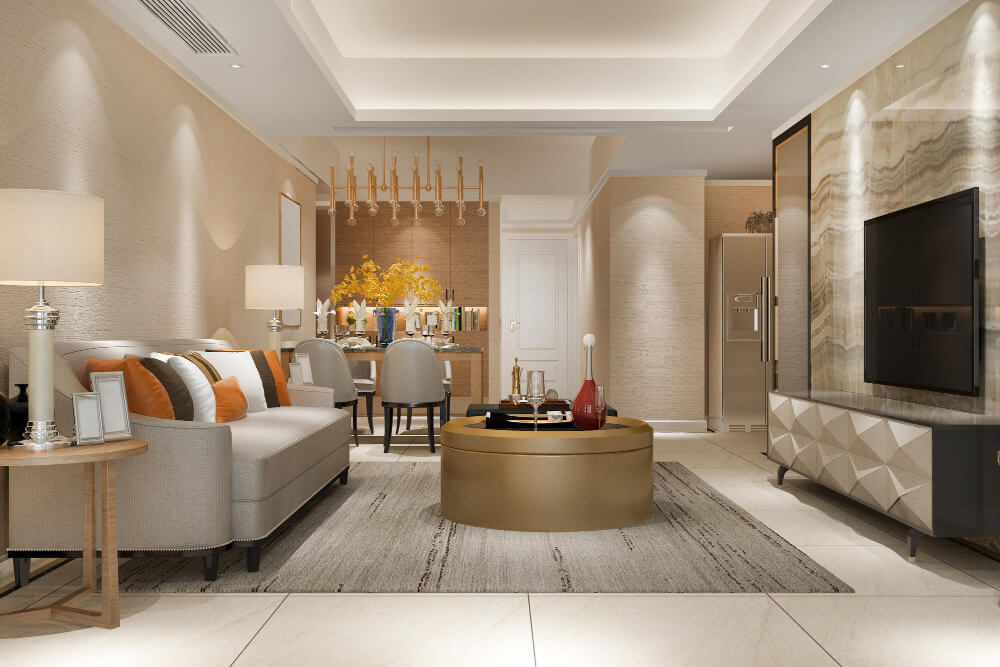
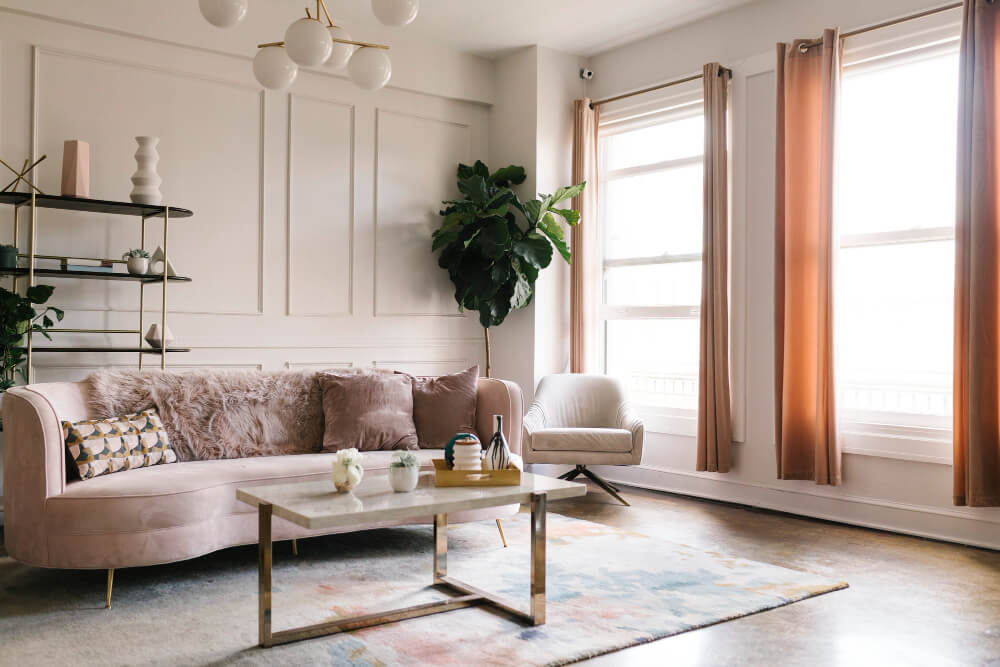

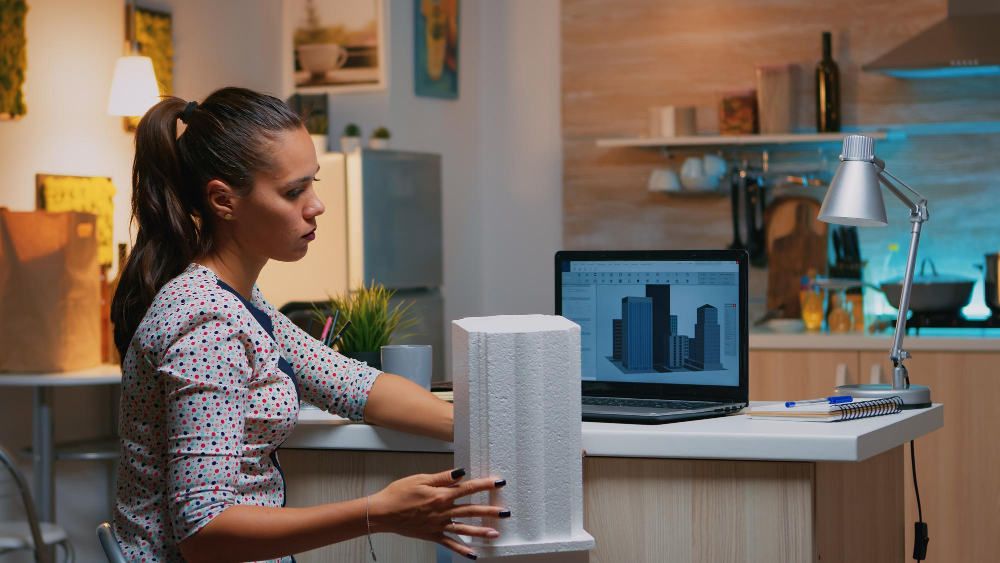

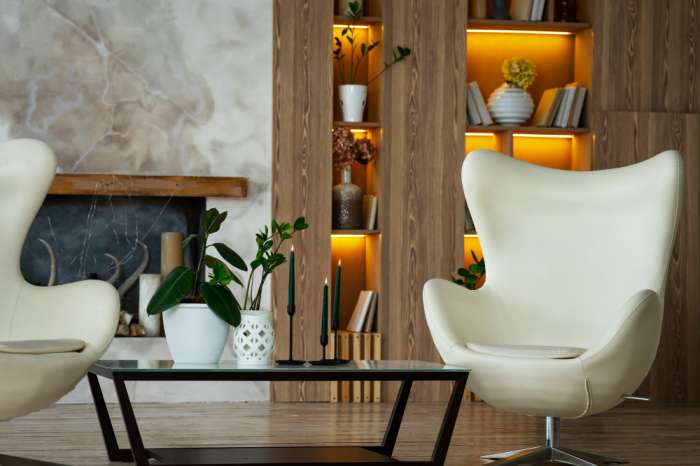

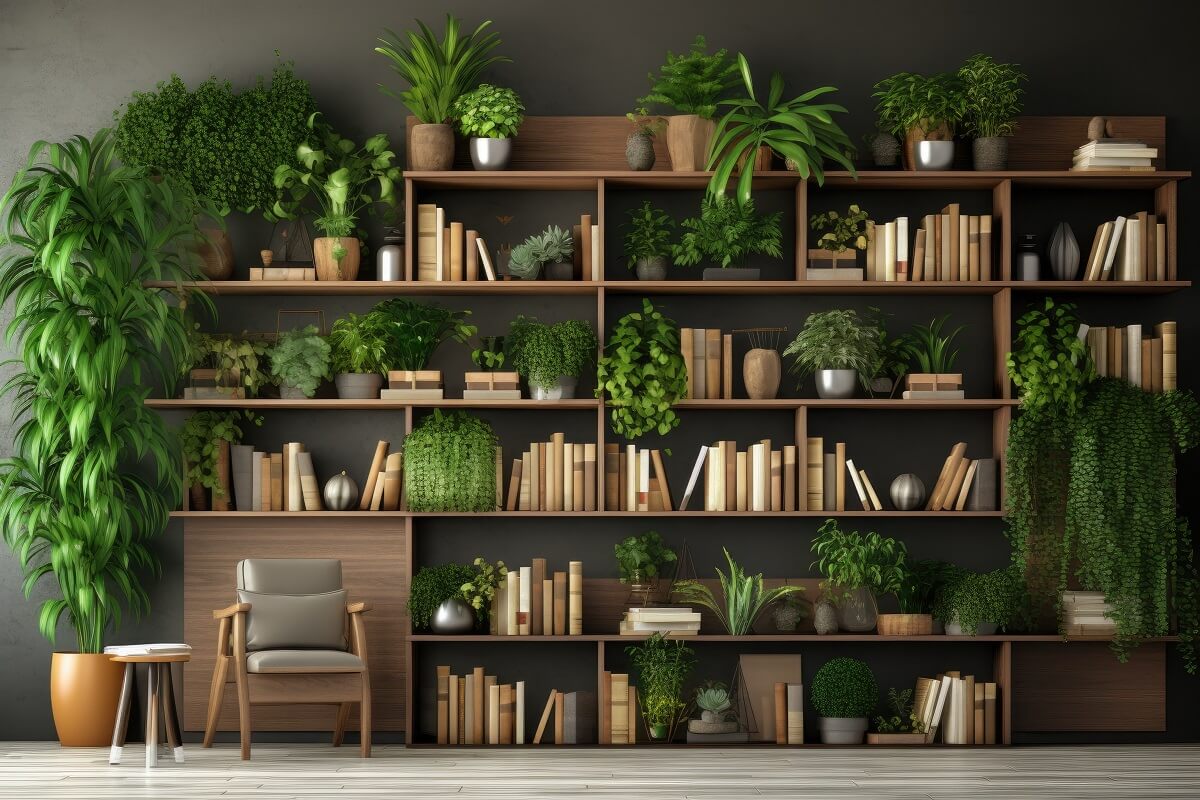
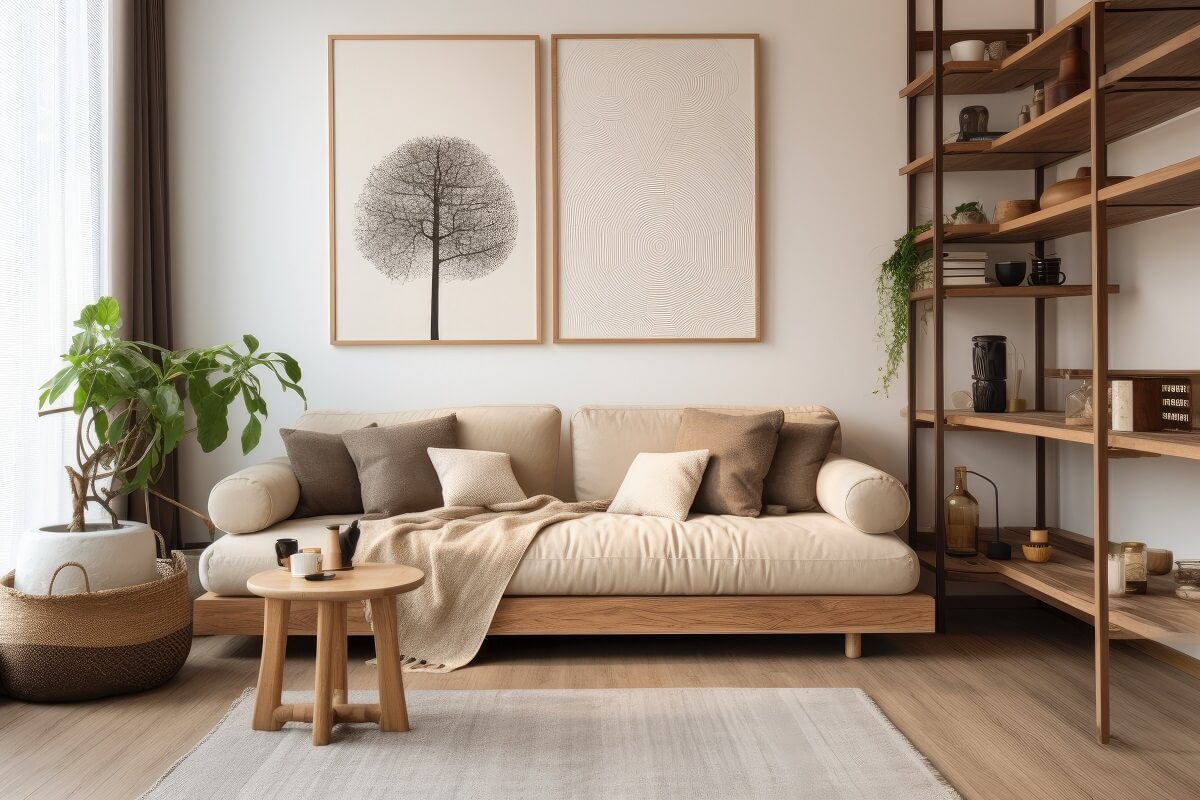
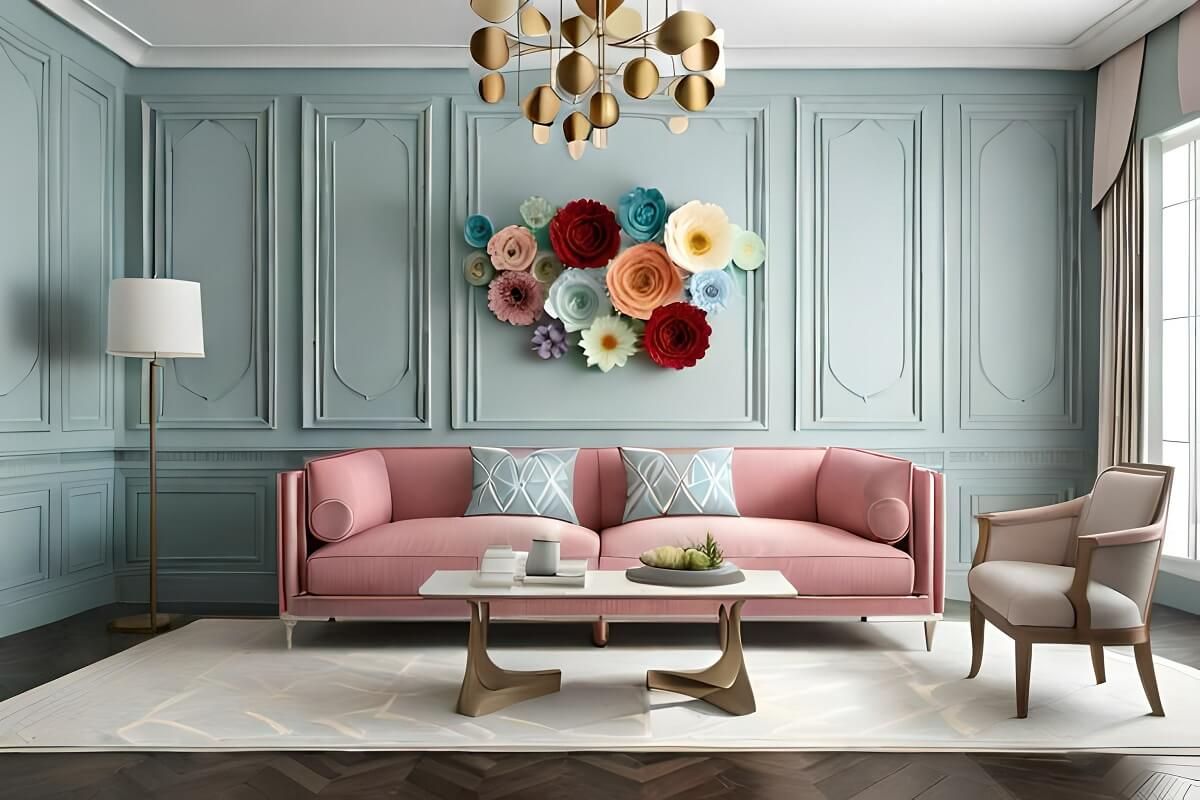
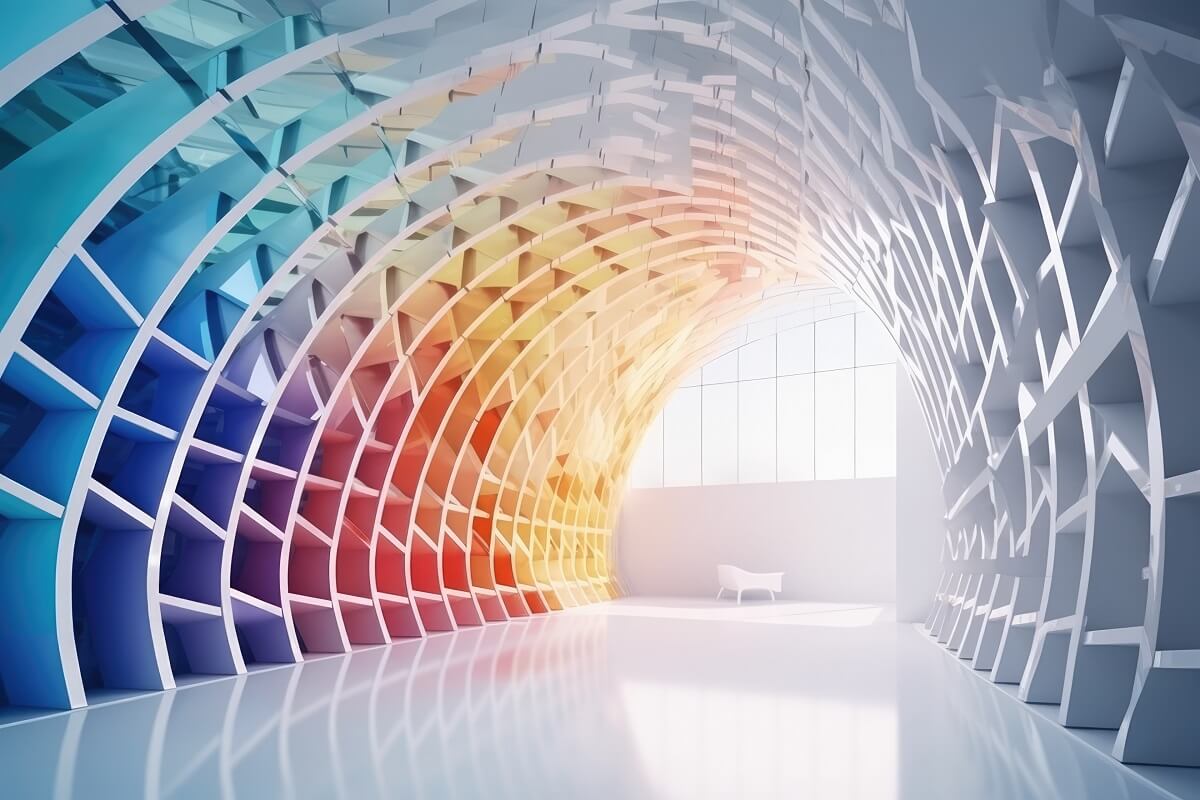
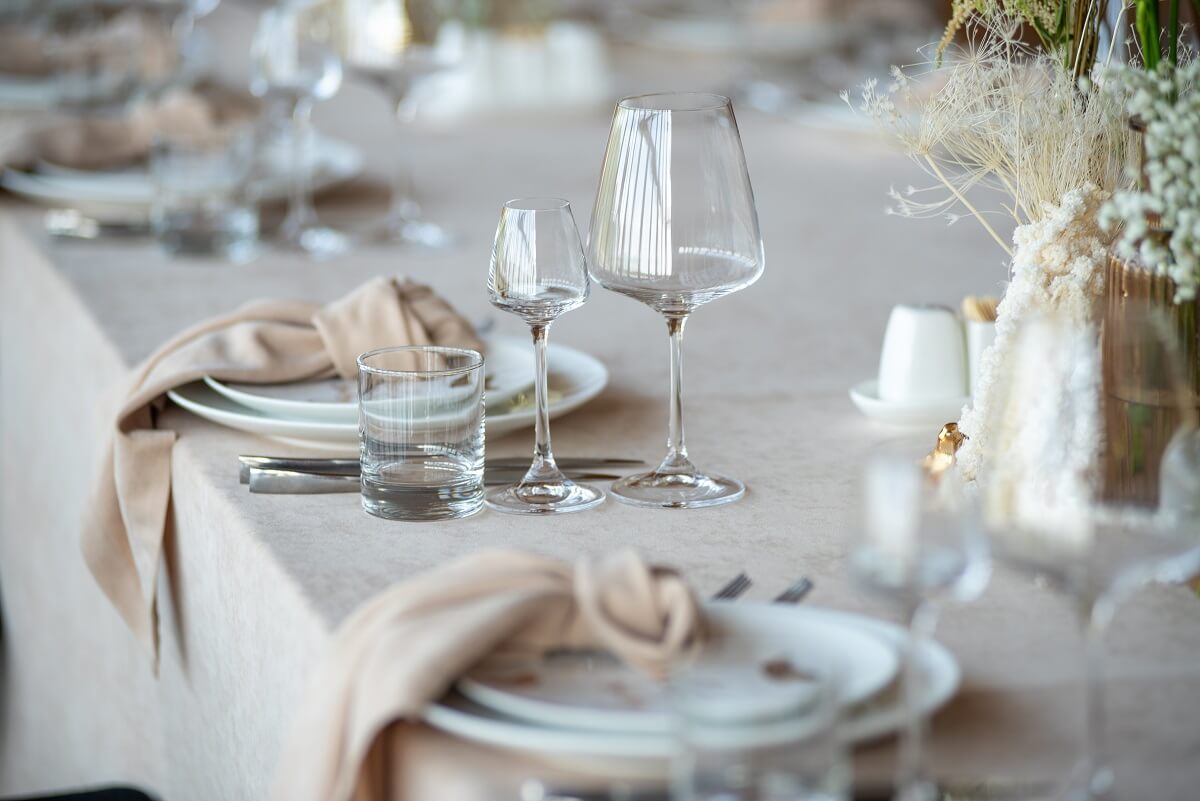
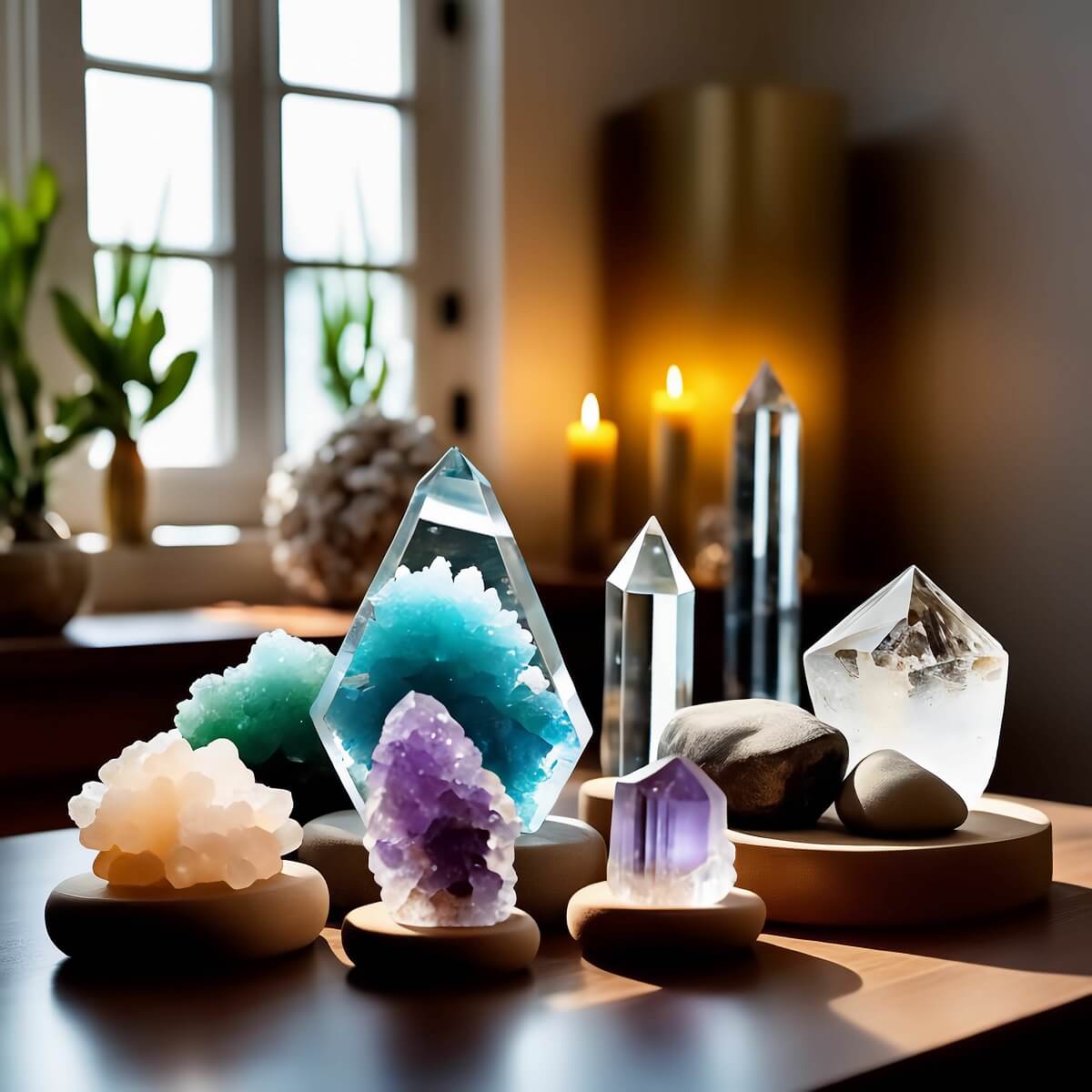

9th floor, Gagan Uno, Dhole Patil Road, Opp Vohuman Cafe, Sangamvadi, Pune,
MH - 411001
Design & Developed By Being Addictive